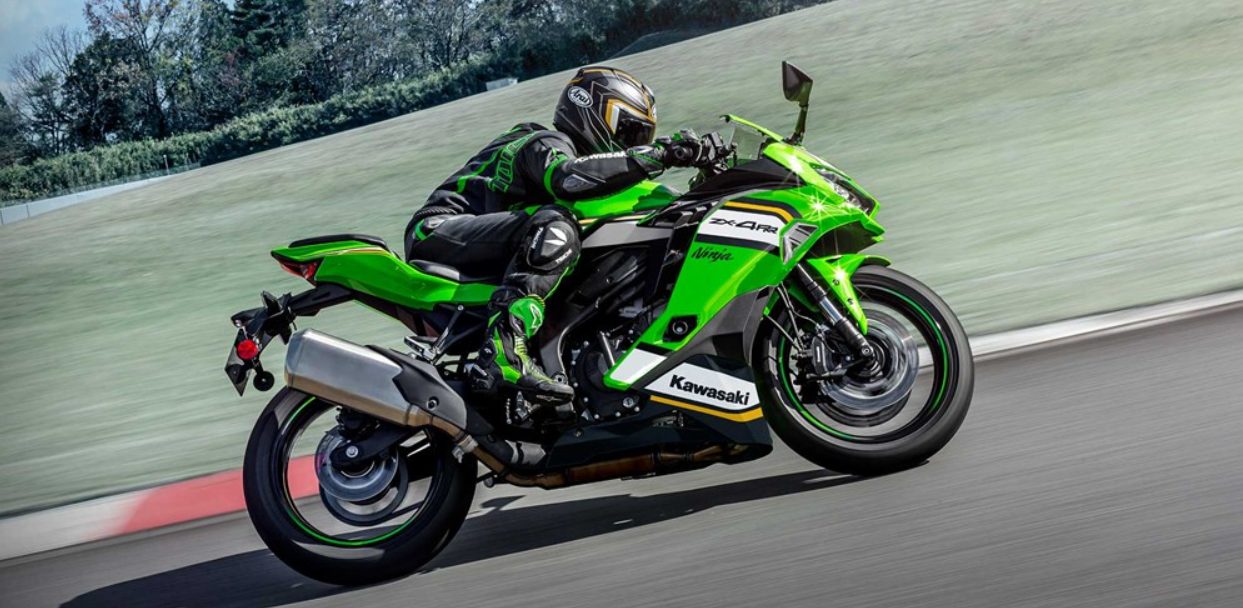Kawasaki’s Entry-Level Revolution: 2026 Ninja 125/Z125 Refresh and the Powerhouse Ninja 500
By HomeBrasil |

Kawasaki is keeping beginner riders hooked with fresh updates to its smallest sportbikes. The 2026 Ninja 125 and Z125 arrive with revamped looks and vibrant color schemes, while the Ninja 500 stands tall as the segment’s torque monster for those ready to level up. These machines blend approachable handling with Kawasaki’s signature Sugomi styling, making them perfect gateways for new riders chasing that first adrenaline rush without overwhelming power.
Whether you’re an A1 license holder eyeing a nimble commuter or a first-time buyer craving more punch, Kawasaki’s lineup delivers value-packed thrills. Drawing from the latest international reveals and expert breakdowns, this guide unpacks the changes, specs, and why these bikes top the entry-level charts. Let’s rev into the details.
2026 Ninja 125 and Z125: Style Upgrades for Aspiring Riders
Fresh Colors, Timeless Performance
Kawasaki’s entry-level duo gets a cosmetic glow-up for 2026, targeting EU markets first with eye-catching liveries that nod to the brand’s racing heritage. The Ninja 125 sports a full-faired supersport vibe in Lime Green/Metallic Graphite Gray with Metallic Spark Black, priced at £4,699 (about $6,100 USD). It’s all about that aggressive, wind-cheating profile that screams speed, even at urban paces.
The naked Z125 counters with urban edge: Pearl Storm Gray with Ebony at £4,399 ($5,700 USD) or Candy Lime Green with Metallic Spark Black for £4,299 ($5,600 USD). Both inherit the Z line’s origins from 1972 and Ninja’s from 1984, channeling big-brother aesthetics like the ZX-10R’s sharp lines. No mechanical tweaks here—the focus is on inspiring confidence for A1 riders with lightweight builds under 150kg and 785mm seat heights.
These aren’t just pretty faces; they’re built for real-world ease. Telescopic forks, Uni-Trak rear suspension, and 17-inch alloys pair with ABS for safe stops, while the all-digital dash keeps things modern. Ergo-Fit options let you tweak seats for comfort, ensuring these bikes grow with you from learner pads to open roads.
Power and Handling: Beginner-Proof Thrills
At the heart is Kawasaki’s proven 125cc liquid-cooled single: 15 hp at 10,000 rpm and 11.7 Nm at 7,700 rpm. It’s smooth and predictable, dishing controllable power without scaring newbies. The trellis frame delivers agile handling for city zips or twisty backroads, making these ideal for those upgrading from scooters.
For beginners, the Ninja 125’s sporty ergonomics build skills, while the Z125’s upright stance suits daily duties. Both earn praise for low ownership costs and durability—perfect for building miles without breaking the bank.
The Ninja 500: Entry-Level Powerhouse for Ambitious Newbies
Why It’s the Segment King: 51 HP Punch
Step up from 125cc territory, and the Ninja 500 claims the crown as the most potent beginner sports bike. At $5,299 base (or $5,699 with ABS), it’s a steal that evolves the Ninja lineage from the 250/300/400, sharing their parallel-twin DNA without flashy gimmicks. This 451cc liquid-cooled mill pumps 51 hp at 10,000 rpm and 31.7 lb-ft at 7,500 rpm—tops in class—thanks to a short-stroke, 180-degree firing order for rev-happy fun.
It’s docile at low revs for learner confidence, then unleashes mid-range torque separated by just 2,500 rpm from peak power. A six-speed box with assist/slipper clutch and chain drive keeps shifts slick, though no quickshifter or ride modes keep costs down. An “Eco riding” indicator promotes efficient habits, and at 375 lbs wet, it’s lighter than rivals like the Aprilia RS 457.
Everyday Features That Punch Above Weight
The base model’s reverse LCD dash uses smart colors for readability, with smartphone connectivity for nav and tunes. Upgrade to the $6,399 SE ABS for a TFT screen, keyless ignition, USB port, LED signals, larger windscreen, and extras like frame sliders and knee grips—$700 well spent for touring tweaks.
Ergonomics shine with adjustable bars/footpegs on SE, and the 30.9-inch seat suits most riders. Brakes (310mm front disc, two-piston caliper) are solid, though purists might want a beefier setup. Fuel tank holds 3.7 gallons for 150+ mile range, and ground clearance at 5.7 inches handles light off-road jaunts.
Rivals Roundup: How Kawasaki Stacks Up
Power Plays and Price Wars
The Ninja 500 edges the pack in grunt, but competitors bring their A-game. Here’s a quick spec showdown (ABS versions for fairness):
| Bike | Price (USD) | Engine Type | Power (HP) | Torque (lb-ft) | Wet Weight (lbs) |
|---|---|---|---|---|---|
| Kawasaki Ninja 500 | $5,699 | 180° Parallel Twin | 51 @ 10k | 31.7 @ 7.5k | 348 |
| Aprilia RS 457 | $6,899 | 270° Parallel Twin | 47 @ 9.4k | 32 @ 6.7k | 385 |
| CFMoto 450SS | $5,699 | 270° Parallel Twin | 51 @ 9.5k | 28.8 @ 7.6k | 370 |
| KTM RC 390 | $5,899 | Single Cylinder | 43 @ 9.5k | 27.2 @ 7k | 342 |
The Aprilia dazzles with adjustable suspension and electronics, CFMoto matches power at the same price, and KTM’s single shines for raw feel. But the Ninja 500 wins on lightness and proven reliability—ideal for first-timers building skills without wallet-draining repairs.
Why Choose Kawasaki for Your First Ride?
These bikes nail the entry-level sweet spot: approachable yet exciting, affordable yet aspirational. The 2026 125s invite total novices with style-forward updates, while the Ninja 500 rewards quick learners with segment-leading power in a forgiving package. Low seat heights, predictable dynamics, and Kawasaki’s dealer network make them confidence-builders, not curveballs.
For urban commuters, snag a Z125; track-day dreamers, the Ninja 125 or 500 calls. Prices start low, resale holds strong, and that Sugomi soul? It hooks you for life. Ready to ride? Check local dealers for test rides—these aren’t just starters; they’re launchpads.
What’s your pick: the refreshed 125 duo or the 500’s torque tease? Drop your thoughts below, and share your beginner bike stories—we’re all ears!
Disclaimer: Prices and specs based on 2025 international/EU data; U.S. availability may vary. Always verify with Kawasaki for current offers and safety gear.




